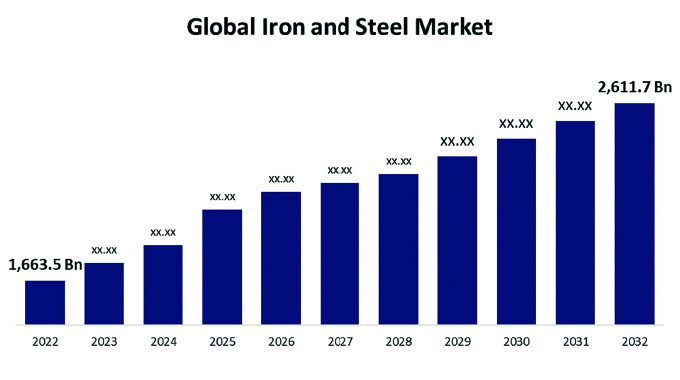CZI checks manufacturing industry’s pulse

Business Reporter
The Confederation of Zimbabwe Industries will today release results of its much anticipated 2014 manufacturing sector survey report expected to reveal deteriorating industrial production capacity.
Sources said the report, to be launched this morning at Rainbow Towers, would certainly indicate a situation that has gotten from bad to worse, as tight liquidity and imports push companies off their perch.
CZI president Mr Charles Msipa confirmed the report will be launched today, but said he was not yet privy to the details of the report, with a more sectoral bias this year, by end of day yesterday.
“The report will be launched tomorrow (today) by the Minister of Industry and Commerce (Mike Bimha),” said Mr Msipa, adding that he was preparing to be briefed on the contents of findings of the survey.
Average capacity utilisation retreated from an average 44,6 percent to in 2012 to 39,6 percent in 2013, from a post-dollarisation high of 57 percent. Pointers show the situation got worse.
“It is difficult to say what the situation would be this year; we have seen a lot of pain in the industry this year, but there has been a lot of measures (by Government) to curb imports,” Mr Msipa said.
The CZI president said he hoped the situation would not be worse than what the previous survey established to be the situation in the industry, with lack of access to long-term funding the biggest problem.
A Harare-based economist, who commented on condition of anonymity, said he expected a gloomy picture on the situation in industry due to worsening liquidity crisis and influx of imported goods.
“We have an open policy and no internal measures to protect local industry. In 2012 South Africa came up with 75 percent local content policy in light of the influx of products from China,” the economist said.
“But we are more liberalised than any country in Africa. We have seen a situation where we import even potatoes and tomatoes. We have become more of a warehouse for products from South Africa.
“I do not expect to see any improvement in capacity utilisation. In short, it will be more of gloomy picture (of the situation in industry this year),” he said.
Presenting the 2014 mid-term budget review statement Finance and Economic Development Minister Patrick Chinamasa said overall challenges to industry related to antiquated and obsolete machinery, influx of imports, high cost of borrowing and weak demand due to liquidity constraints pervading the domestic economy.
He said that Government will, therefore, institute measures to support recovery of manufacturing, through promoting value chain and linkages, leveraging the diverse domestic raw material resource base.
Total imports for the first half of the year are down on last year, but relatively, they remained high at US$3 billion from US$3,9 billion last year while total exports for the same half year period stood at US$1,2 billion compared to US$1,5 billion realised in the corresponding period in 2013.
Fuel, foodstuffs, machinery and equipment, wood, paper and plastic, and motor vehicles, were the major imports. The 16 percent share of food, tobacco and beverages to total imports indicates reliance on foreign items that can be produced domestically.
Minister Chinamasa added that South Africa, Zimbabwe’s biggest trading partner, remained the major source of imports at 42 percent, followed by Singapore (18 percent) and China (5 percent).







Comments